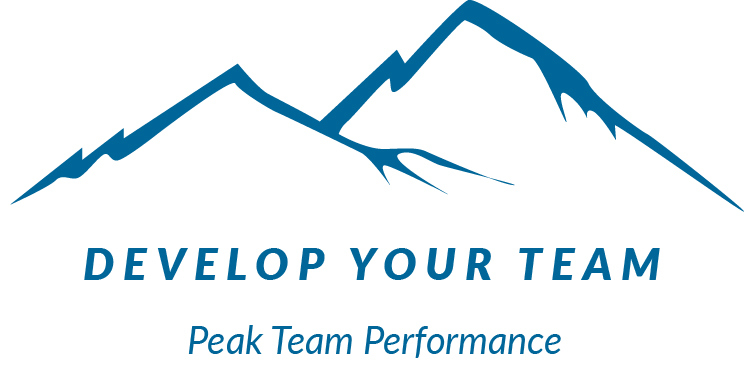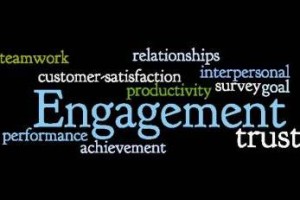Face it – we all have setbacks from time to time. There are times when things just don’t go our way, despite all of the effort we may invest. It’s inevitable. Maybe you don’t get the promotion you expected, or get overlooked for a highly-coveted project assignment. Maybe you’ve experienced something in your personal life: health issues, an injury, family strife, divorce, or the loss of someone close t o you. How do you overcome these setbacks?
o you. How do you overcome these setbacks?
Life’s demands on us don’t slow down just because we’re facing a personal crisis. The report still needs to be written, the presentation delivered, the product launched.
Here are six tips to keep you performing at a high level, even when circumstances are challenging:
- Stay positive: Life is full of ups and downs. While you may not see a “silver lining” in your current situation, focus on those things you are grateful for, that you’ve learned, or that will help you in the future. Even the smallest things can make a difference in your attitude.
- Maintain your physical energy: This is the only way to maintain the emotional and mental energy you need to keep moving forward. Take care of yourself by making healthy food choices, drinking plenty of water, getting 7-8 hours of sleep at night (it is possible), and staying active.
- Communicate: You don’t need to share all of the details, but do let others know when you are dealing with something that might put you slightly off your game for a time. If you don’t communicate something, you will leave it up to others to speculate about your actions, opening the door for wildly inaccurate assumptions.
- Focus on the goal: What is your bigger purpose in life? Keep yourself moving in the right direction by focusing on your overarching goals. We tend to achieve what we focus on, but the path forward is rarely a straight line.
- Use it as inspiration: While you can’t change the past, you can make choices that will make a difference in the future. This powerful story shows how one very courageous woman did just that, and is saving lives because of her actions: Lifesaving donated defibrillator.
- Forgive yourself: We do the best that we can. Even so, we make mistakes, we fail at times. It happens to everyone. Learn from those mistakes and failures, know that you’re doing your best, and move forward.
What are some of the things that have helped you to overcome setbacks in your life or career?


